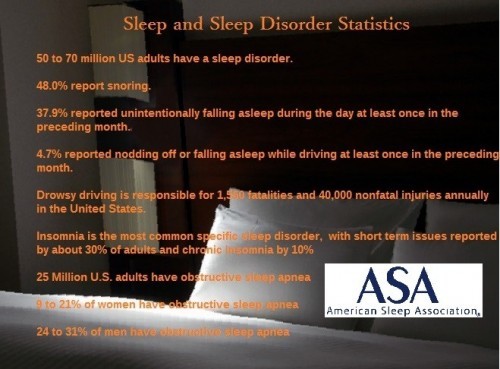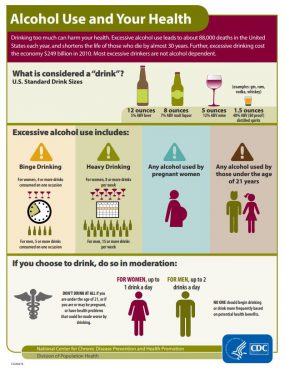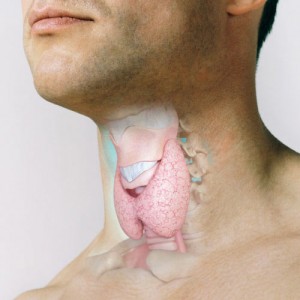Plantar Fasciitis
Both heel pain and heel spurs are frequently associated with plantar fasciitis, an inflammation of the band of fibrous connective tissue (fascia) running along the bottom (plantar surface) of the foot, from the heel to the ball of the foot. It is common among athletes who run and jump a lot, and it can be quite painful.
The condition occurs when the plantar fascia is strained over time beyond its normal extension, causing the soft tissue fibers of the fascia to tear or stretch at points along its length. This leads to inflammation, pain, and possibly the growth of a bone spur where the plantar fascia attaches to the heel bone. The inflammation may be aggravated by shoes that lack appropriate support, especially in the arch area, and by the chronic irritation that sometimes accompanies an athletic lifestyle. Often manifesting as a dull to sharp ache and possibly a burning or stretching sensation, the commonly occurs after a night’s sleep when fascial band is suddenly stretched and pulls on the heel upon arising. The heel pain may lessen or even disappear but is temporary at best with it returning after prolonged rest or extensive walking.
With the human foot of the 26 bones, the heel bone being the largest, it truly is an architectural marvel. There are 33 joints and a network of more than 100 tendons, muscles, and ligaments. Is it any wonder how it can do the things it does and keep us afloat?
The heel bone (calcaneus) and the plantar fascia are married to one another. Life has a way of pulling them apart. In this case, the cause is other than marital discord. This discord occurs in the foot between these two entities caused by the mechanical separation of the two known commonly as plantar fasciitis (PF).
Causes
While Plantar fasciitis (PF) may have a variety of causes, it is often misunderstood by those who profess knowledge of this often-debilitating condition because the biomechanical function is poorly understood. Picture a tripod holding a large surveyor’s camera with heavy rubber bands connecting each leg. The greater the weight from above the more the legs dig into the supporting surface. When the legs can’t support the superincumbent weight, the legs begin to give, and the rubber bands begin to stretch…until they tear. That gives a clear picture of what happens in the foot when this architectural marvel can no longer hold the weight above.
Most foot specialists agree that plantar fasciitis is generally attributed to faulty mechanical malfunction (patho-mechanics) of the weight bearing bones in the foot. Any significant shift of one or more of the strategically positioned weight bearing bones supporting the body weight from above, can cause the structure to “give” stretching the plantar fascia, placing excessive stress on the soft tissues attached to the heel. As the fascia stretches beyond its capacity, like a rubber band under tension holding the tripod, the fibers become inflamed. With enough force exerted by the stretch, the fascia begins to tear and, in some cases, completely ruptures. As the stretched tissue pulls away from its attachment to the periosteum (the bone producing lining covering all bone) it bleeds, elevates and calcifies, forming new bone labeled a “heel spur”. With enough ground reactive force against the foot from below (like concrete or tile floors) combined with the malfunction of the foot above, the heel can crack creating a stress reaction enough to cause a stress fracture.
How it happens
The term pronation describes a normal motion of the foot characterized as an inward rolling movement directed toward the mid line of the body. This is an essential motion that permits the weight bearing bones to “unlock” and adapt to the ground below. This unlocking mechanism is also a primary shock absorber. As the foot breaks down with excessive pronation, the PF stretches beyond its capacity and the symptoms of plantar fasciitis begins. In contrast, if the foot fails to sufficiently pronate, the shock absorbing mechanism is now eliminated and the unabsorbed impact force is generated into the heel on up the leg and into the back. Repetitive unrelating shock of this nature may not only cause the heel to crack, but more often than not, the patho-mechanics plays a major role in knee, hip and back injury.
Why some and not others? Heredity may play a role. Parents, grandparents etc. provide us with genetic predispositions like eye color, hair, body type etc. The same thing occurs in the foot. While most do not experience symptoms of PF until later in life, the condition can manifest itself at any age depending on the intensity and frequency of the activity as well as the structure inherited. Clearly, we might be able to blame our ancestors. Did the Neanderthal walk on tile and concrete? Probably not. Do shoes sufficiently protect us from concrete and tile? For many, the answer is a yes. For others, who experience mechanical deficits in their feet, the answer is a big NO.
A simple and inexpensive diagnostic test utilizing ultra sound will confirm the diagnosis of PF. This quick test is performed in our office rather than obtaining the more costly MRI.
Treatment
There are many different treatment options by many providers professing to offer relief. In addition, night splints, special socks, shoes, deep tissue massage along with drugs and literally dozens of therapeutic modalities like shock wave therapy, PRP stem cells and in some cases, surgery involving cutting of the plantar fascia.
In this practice, we look at the patient’s overall structure, who owns it and what they do with it. Then, of paramount importance is how the owner’s structure functions. The severity of the pain coupled with the patient’s life style often dictates the type of treatment. Experts agree that the underlying pathomechanics needs to be addressed. While oral anti-inflammatory medication is often prescribed and steroid injections for relief of pain and inflammation are common, our practice is to determine the underlying cause. Understanding the patho-mechanical function of the human foot and the leg above and how they work together influencing its function is the key to a success outcome. Stretching exercises can be of additional value especially if proper technique is employed along with sufficient frequency. It is only good medicine to determine the cause of PF rather than simply treating the symptoms. Controlling the pathomechanics and restoring normal function is our prime objective from the onset.
Once the underlying abnormality is identified and how the ground reactive force (GRF) interfaces with the foot and leg, treatment options and alternatives are discussed. Functional orthotics are to feet much as glasses are to eyes. A properly designed, pathology specific orthotic can often completely restore normal or near normal function eliminating the PM. Once that objective is achieved, the human body has a chance to heal itself and pain and inflammation of the PF subsides on its own. Given the high quality of the custom functional orthotics used in our practice, relief can be achieved for as much as twenty years without the need for replacement.
Steven E. Tager, DPM, FAAPSM
Aveon Health
Scottsdale, AZ 85255
480.300.4663










